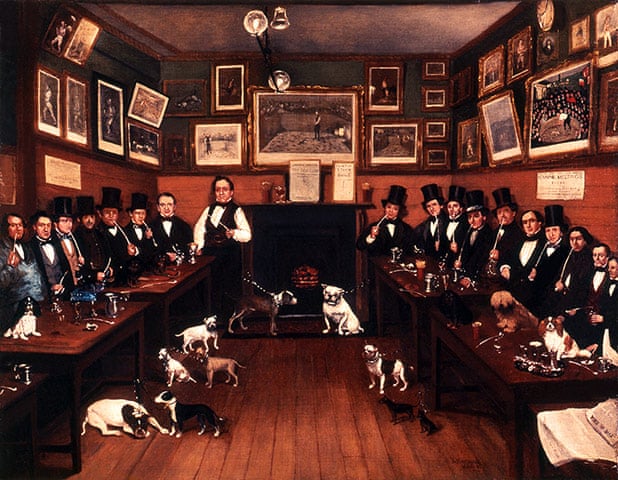From Wiki: “Trollope wrote
The Claverings between 21 August and 31
December 1864. The work was serialised in the
Cornhill
Magazine from February 1866 to May 1867; it was the fourth and last of
Trollope's novels published in the magazine. It was issued in book form by
Smith, Elder & Co. in 1867. Trollope received
£2800 for the novel.”
The text immediately above the illustration reads: “He had his cup of
coffee, and she had her cup of tea, and she made one or two little attempts at
saying something special,—something that might lead to a word or two as to
their parting; but he was careful and crafty, and she was awkward and
timid,—and she failed. He had hardly been there an hour, when looking at his
watch he declared that it was ten o'clock, and that he would go to bed. Well;
perhaps it might be best to bring it to an end, and to go through this embrace,
and have done with it! Any tender word that was to be spoken on either side, it
was now clear to her, must be spoken in that last farewell. There was a tear in
her eye as she rose to kiss him; but the tear was not there of her own good
will, and she strove to get rid of it without his seeing it. As he spoke he
also rose, and having lit for himself a bed-candle was ready to go.
"Good-by, Hermy," he said, submitting himself, with the candle in his
hand, to the inevitable embrace.”

This illustration is signed: “M E E”, i.e. Mary Ellen Edwards; and it was
engraved by Horace Harral. The caption reads: “Husband and Wife”. We are shown
Lady Hermione Clavering embracing her huisband Sir Hugh Clavering. An unidentifiable,
discarded newspaper is on the floor to the right hand corner of the
illustration.
A summary of the plot and all of the illustrations are listed in:
http://www.anthonytrollope.com/books/works/claverings_the_/




